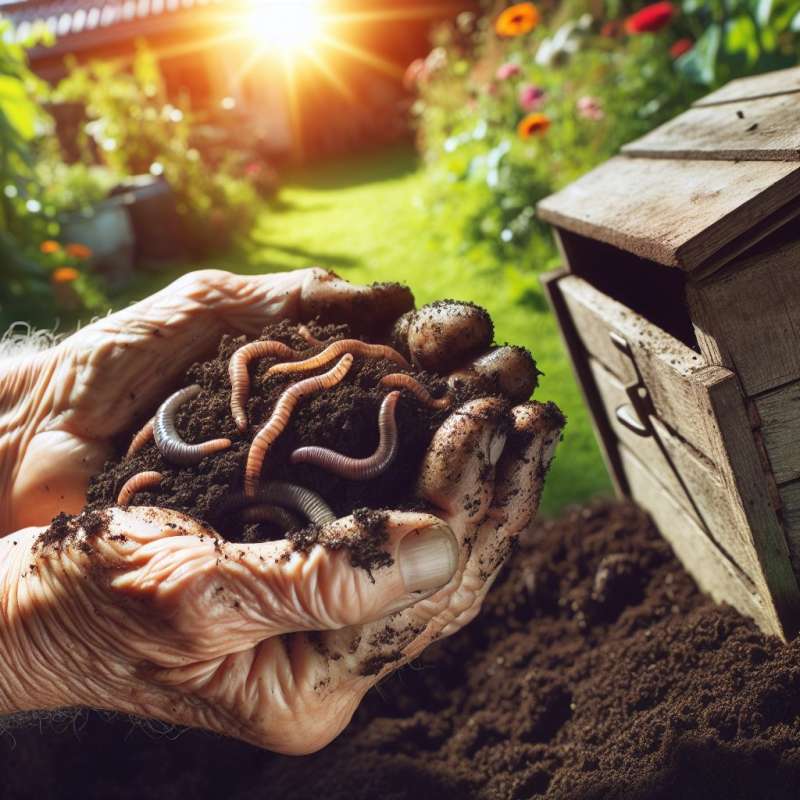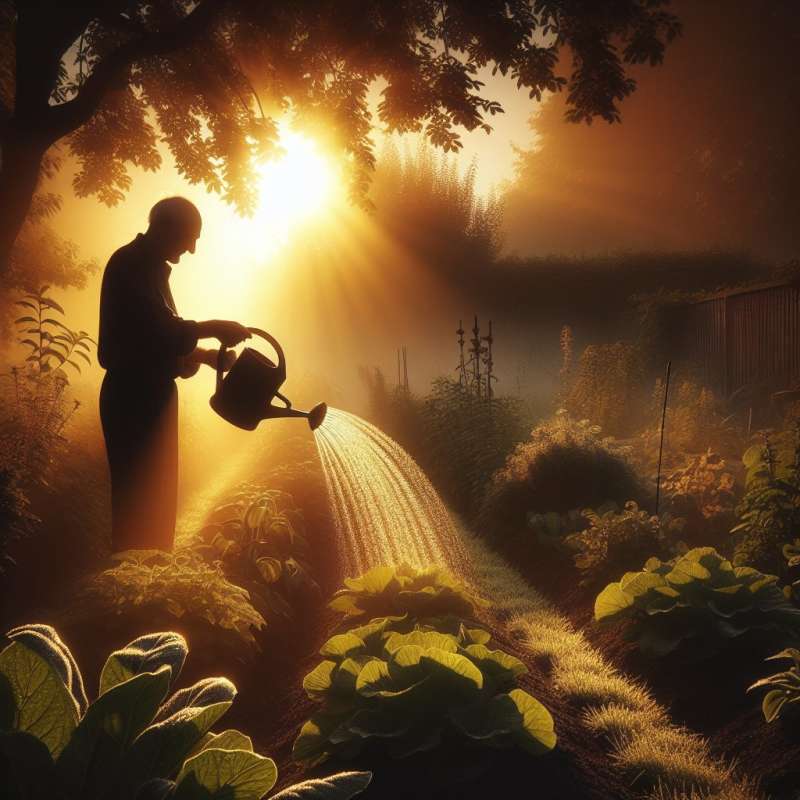
Understanding Your Space
Begin by evaluating your garden area. Consider sunlight exposure, wind patterns, and soil type. Did you know that observing the area's wildlife can also guide your plant choices to improve the ecosystem?
Choosing the Right Plants
Select plants suited to your climate and soil. Local native plants often require less water and are more pest resistant. Surprisingly, they can also support local wildlife better than non-natives.
Garden Layout Planning
Sketch your garden layout, grouping plants with similar needs together. Taller plants should be north to avoid shading smaller ones. A well-planned layout can increase yield by up to 10%.
Soil Preparation Secrets
Soil is your garden's foundation. Enrich it with compost and organic matter. Earthworms can be your allies here; they aerate the soil, improving water and nutrient flow.
Watering Wisdom
Water deeply but infrequently to encourage strong root growth. Morning watering reduces evaporation and disease risk. Did you know that adding mulch can reduce water needs by up to 50%?
Pest Management Insights
Instead of chemicals, use companion planting to deter pests naturally. For example, planting marigolds can repel nematodes and other garden pests. This method is both eco-friendly and cost-effective.
Harvesting Hints
Harvest regularly to encourage more production. Picking vegetables when they're ripe improves flavor and nutrient content. Unexpectedly, regular harvesting can also signal the plant to grow faster.
What guides plant choice for ecosystem?
Area's wildlife observations
Predominant garden colors
Personal preference
Company